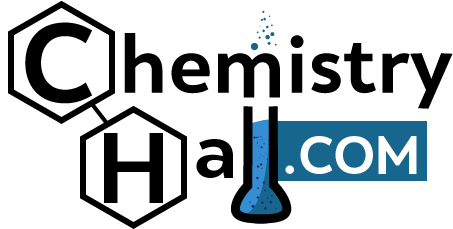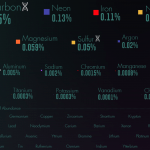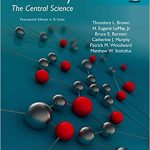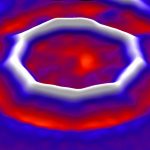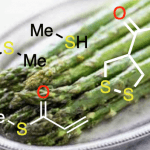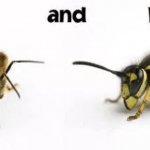The most important family of reactions that you will study in introductory organic chemistry are substitution reactions. The difference between SN1 vs SN2 types of reactions is a key concept, and it is based upon a key question: what is steric hindrance?
If you an organic chemistry student, you definitely need to get a grip on the two general types of substitution reactions. And if you are teaching a basic o-chem course, you need to make sure your students master them. Also make sure to be aware of the reasons behind why molecules react with each other!
Most organc chemistry courses (check here the best books) start off by checking out substitution reactions.
So you are probably familiar with them. They are key for answering the question of what is steric hindrance in organic chemistry.
In any case, let’s cut right to it and quickly explain what substitution reactions are.
What are Substitution Reactions?
Substitution reactions are chemical reactions in which a functional group on a molecule is replaced by another one. One of the most basic examples of substitution reaction is the Finkelstein reaction.
The Finkelstein reaction is also known as the “halogen exchange” reaction, because that is basically it:

A carbon-halogen bond is polarized, the carbon atom attached to the halogen is electrophilic, and can be attacked by an external nucleophile.
… [Read More]